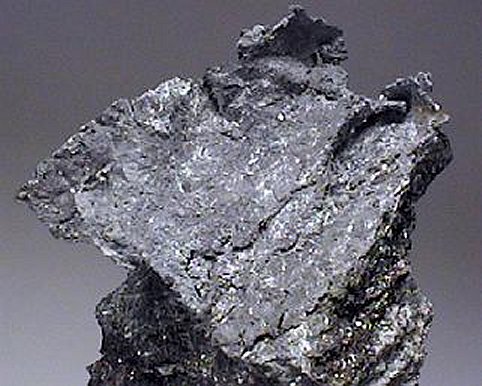Lead Production, Uses and Recycling :Kedia Commodity
 Lead ores are mined at a rate of more than three million tonnes a year with a market value of around US $1 billion and the world market for refined lead stands at about US $15 billion. While it has a high economic value, lead is relatively economical to produce. As with all metals, there are two main production routes. Primary production from mined lead ore is of course the original source of all lead, but secondary production, where it is recovered from recycled products or from residues arising from the production process is of enormous importance. Secondary lead production now accounts for more than half of all lead produced throughout the world. In the US more than 80% of lead comes from secondary production with Europe reporting over 60%. These impressive figures are made possible by the fact that most lead is used in readily recyclable applications. And unlike many recycled materials, the value of lead means that recycling is economically viable and hence self-sustainable.
Lead ores are mined at a rate of more than three million tonnes a year with a market value of around US $1 billion and the world market for refined lead stands at about US $15 billion. While it has a high economic value, lead is relatively economical to produce. As with all metals, there are two main production routes. Primary production from mined lead ore is of course the original source of all lead, but secondary production, where it is recovered from recycled products or from residues arising from the production process is of enormous importance. Secondary lead production now accounts for more than half of all lead produced throughout the world. In the US more than 80% of lead comes from secondary production with Europe reporting over 60%. These impressive figures are made possible by the fact that most lead is used in readily recyclable applications. And unlike many recycled materials, the value of lead means that recycling is economically viable and hence self-sustainable.
Lead Uses
Lead is integral to our modern lifestyle. Whilst its malleability and corrosion resistance still make it useful for roof flashings and cladding, the main benefits are derived from harnessing lead’s chemical properties. Its incredible density provides unrivalled protection from radiation and is essential to staff working in hospitals, dental surgeries, laboratories and nuclear installations. Lead stabilizers are added to some PVC products to improve durability, and the metal protects thousands of kilometers of underwater power and communications cables. Keeping the world on the move in so many ways wouldn’t be possible without the lead used in battery technology. Lead acid batteries are the mainstay of storage technologies for renewable energy sources, such as solar cell and wind turbines and are used to power cars, trucks, buses, motorbikes, electric vehicles and hybrid vehicles. Furthermore, lead acid batteries are vital as a back-up emergency power supply in case of mains power failure in hospitals, telephone exchanges, mobile phone networks, public buildings and for the emergency services.
Lead Recycling
Lead enjoys one of the highest recycling rates of all materials in common use today. This is a result of its fundamental properties, good design and the ways in which it is used, which make lead based products easily identifiable and economic to collect and recycle. As a result, over half of the lead produced and used each year throughout the world has been used before in other products. What is more, because lead is a naturally occurring element, the quality of the recycled lead is identical to that of primary metal from mining.
The use of lead has evolved over the years, with a significant growth in recyclable uses. Today about 80% of lead is used in lead acid batteries, all of which are recoverable and recyclable. Some countries boast a 100% recycling rate – and most others share the possibility of 100% recyclability.
A further 6% of lead is used in the form of lead sheet by the building industry. Together with a number of other smaller volume metallic applications such as radiation shielding, cable sheathing and various specialized applications, such as earthquake dampers, this means that about 90% of all lead is used in readily recyclable products – and almost all of it is recycled – conserving precious ore reserves for future generations.
Lead recycling brings advantages to industry and society in areas such as energy consumption, reduced carbon emissions, resource conservation, employment and costs. For instance, the recycling of used lead products requires only about one third of the energy needed to produce lead from its ores, resulting in major energy savings and fewer carbon emissions. It’s therefore not surprising that recycling is a very attractive option for everyone, and a valuable contribution to sustainability.
